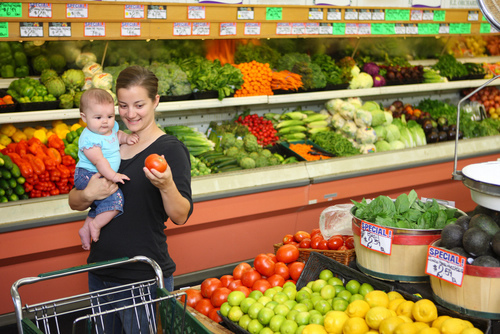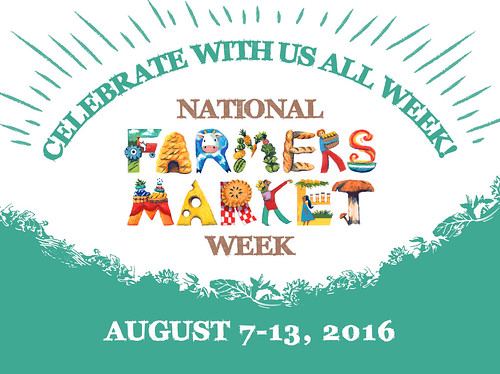
We’re looking forward to celebrating National Farmers Market Week with markets across the nation, August 7-13! Market managers and organizers can download graphics and templates to create their own celebration materials.
What are you doing August 7 through 13? That’s National Farmers Market Week – a time to celebrate the farmers, ranchers and local food businesses, as well as the communities that support them. USDA Secretary Tom Vilsack has officially declared August 7 through August 13, 2016 as the 17th annual National Farmers Market Week, highlighting the key role that farmers markets play in bringing communities together around agriculture. And with more than 8,500 farmers markets around the country, there are lots of opportunities to celebrate!
I will be celebrating that week by visiting markets across the nation, before wrapping up the week at the USDA’s Farmers Market in Washington, D.C., on Friday, August 12. You can celebrate at your local market too! The National Farmers Market Directory makes it convenient to find farmers markets in your area with weekday, weekend, and evening options.
If you’re a market manager, we have resources to help you celebrate. USDA is offering free online National Farmers Market Week graphics and templates to help you customize posters, emails, websites and other promotional materials. Colorful and neutral options are available, along with a farmers market character alphabet available to create fun and creative text. Customizing materials is easy with the help of a short demonstration video.
We’re not the only ones helping you celebrate. You can access more resources from the Farmers Market Coalition and enter their Farmers Market Poster Contest. You can also check out American Farmland Trust’s farmers market celebration for recognition of your farmers market.
And don’t forget to join the celebration online! Twitpic your #marketfav—your favorite part of the farmers market—or post a photo on Facebook or Instagram using the hashtags #marketfav and #localiscool. Follow us on Twitter for updates about National Farmers Market Week and USDA’s local food efforts.
Support for farmers markets is just one element of USDA’s broader work to strengthen local and regional food systems in your community and around the country. This work is coordinated through USDA’s Know Your Farmer, Know Your Food (KYF2) Initiative. You can find local and regional supply chain resources on the newly-revamped KYF2 website and use the KYF2 Compass to locate USDA local food investments in your community.
During the Obama Administration, USDA has invested close to $1 billion in 40,000 local food projects that create opportunities for farmers, ranchers and food businesses and connect consumers with healthy local food options. More information on how these investments support community economic development and many other goals is available in Chapter IV of USDA Results on Medium.

What’s your #marketfav? Is it #myfarmer, #myingredients, #mybaker, #mycommunity? We want to see your farmers market favorites from around the country! We’ll be sharing some of our own as USDA celebrates local food & community on Twitter, Facebook & Instagram.


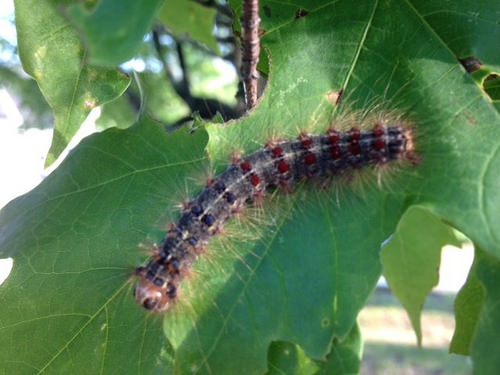

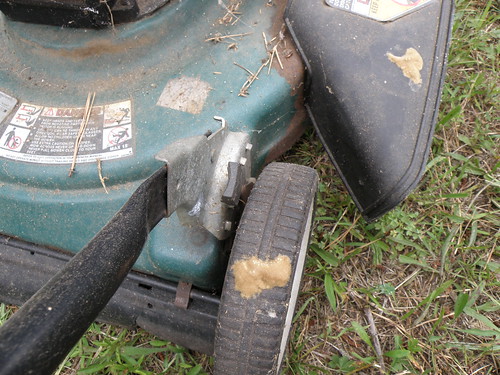


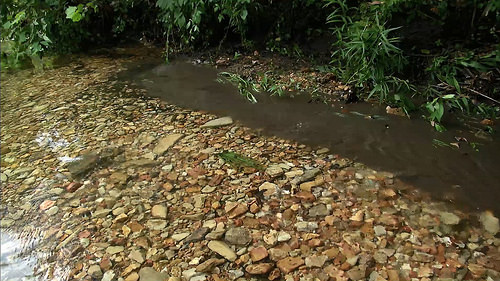






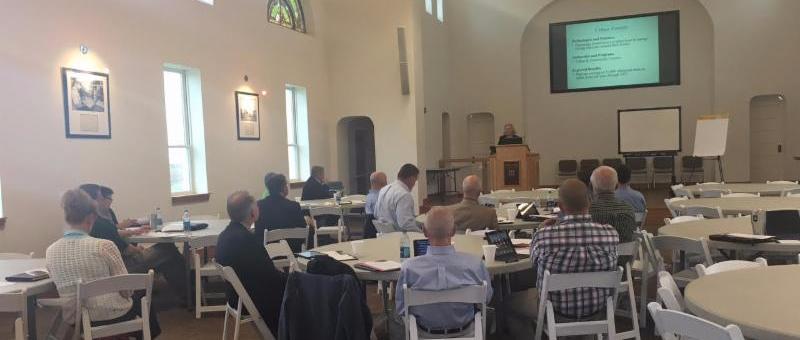
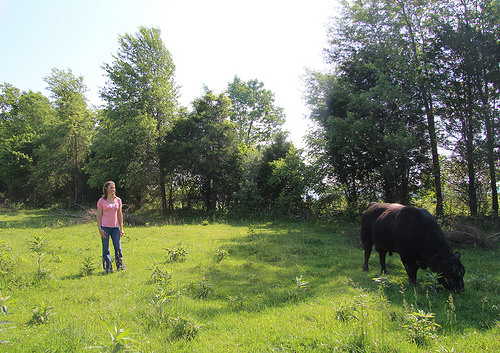

 Climate, Forests and Woodlands
Climate, Forests and Woodlands  Using an innovative flipped classroom design, participants came ready to engage and collaborate after before-class work watching videos, reading reports and descriptions of the benefits of a flipped classroom. Applying this philosophy to create innovative programming around climate change was discussed in breakout groups, then discussions shared so everyone contributed and was exposed to the effective messaging lessons shared by the
Using an innovative flipped classroom design, participants came ready to engage and collaborate after before-class work watching videos, reading reports and descriptions of the benefits of a flipped classroom. Applying this philosophy to create innovative programming around climate change was discussed in breakout groups, then discussions shared so everyone contributed and was exposed to the effective messaging lessons shared by the 